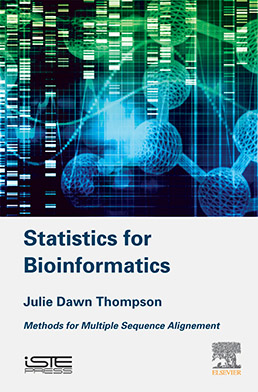
Next Generation Sequencing (NGS) has transformed the field of Biology. In the last ten years, the development of new genome sequencing technologies has made DNA sequencing, RNA-seq and high-throughput screening crucial research tools in areas like agriculture, medicine and the food industry.
The greatest challenge now lies in finding efficient and effective ways to manage the large-scale data being produced, to analyze the genome sequences and extract relevant and useful information.
In this book, the author introduces the fundamental concepts and traditional methods for comparative sequence analysis, as well as the most up-to-date multiple sequence alignment approaches currently being developed to cope with the volume and complexity of high-throughput genome sequencing data.
Part 1. Fundamental Concepts
1. Introduction.
Part 2. Traditional Multiple Sequence Alignment Methods
2. Heuristic Sequence Alignment Methods.
3. Statistical Alignment Approaches.
4. Multiple Alignment Quality Control.
5. Benchmarking.
Part 3. Large-scale Multiple Sequence Alignment Methods
6. Whole Genome Alignment.
7. Multiple Alignment of Thousands of Sequences.
8. Future Perspectives: High-Performance Computing.
Julie Dawn Thompson is a CNRS Research Director at the ICube Institute at the University of Strasbourg, France.